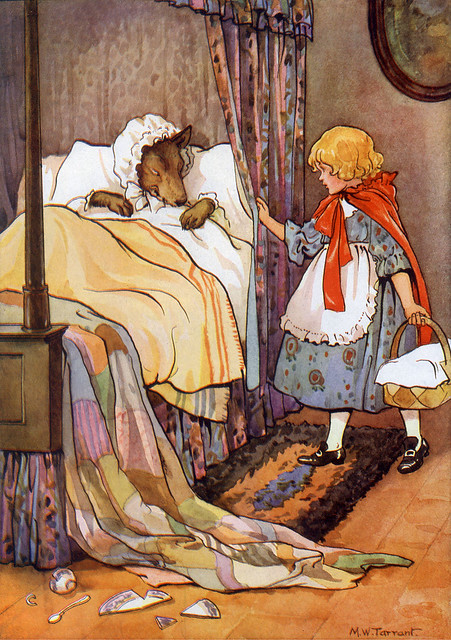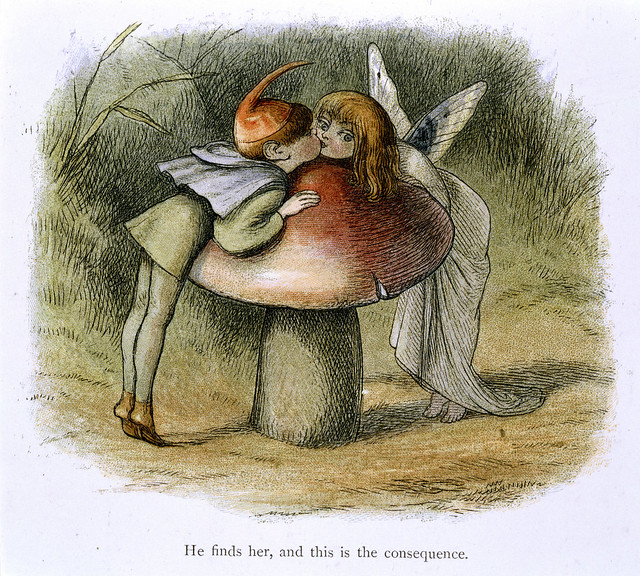Cancer Libra Leo Virgo
Son of Andrew Wyeth, and the grandson of N.C.
Wyeth, all three are famous American artists, known for their distinctive illustrations.
"Everybody in my family paints -
excluding possibly the dogs," says Jamie Wyeth
James
Browning Wyeth was born on July 6, 1946, in Wilmington, Delaware, Pennsylvania, where he grew up and still lives
part of each year.
With pencils, brushes, and paints always at
hand, the boy found it natural to use them to express his impression of a
book he'd read or a movie he'd seen. He left public school after the
sixth grade to be tutored at home so he could devote more time to art.
Having acquired most of his own schooling from private tutors, his
father didn't consider a formal education necessary for an artist. After
taking English and history lessons in the morning, Jamie Wyeth would go
to his aunt Carolyn's studio, where for the first year he was assigned
to drawing spheres and cubes. Although bored by such disciplinary
exercises, he understood their value.
At age 12, Jamie studied with his aunt Carolyn Wyeth, a well-known artist in her own right, and the resident at that time of the N. C. Wyeth House and Studio,
filled with the art work and props of his grandfather. In the morning
he studied English and history at his home, and in the afternoon joined
other students at the studio, learning fundamentals of drawing and
composition.
He stated later, "She was very restrictive. It wasn’t
interesting, but it was important." Through his aunt, Jamie developed an
interest in working with oil, a medium he enjoyed at a sensory level:
the look, smell and feel of it.
Carolyn and Howard Pyle
were his greatest early influences in developing his technique in
working with oil paint. In working with watercolor, Jamie looked to his
father. While Jamie's work in watercolor was similar to his father's,
his colors were more vivid.
As a boy Jamie was exposed to art in many ways: the works of his
talented family members, art books, attendance at exhibitions, meeting
collectors and becoming acquainted with art historians.
For at least three years in the early 1960s, when Wyeth would have
been in his middle to late teens, Wyeth painted with his father.
Of
their close relationship, Wyeth had said: "Quite simply, Andrew Wyeth is
my closest friend-and the painter whose work I most admire. The
father/son relationship goes out the window when we talk about one
another's work. We are completely frank-as we have nothing to gain by
being nice. At age 19 [about 1965] he traveled to New York City, to better study the artistic resources of the city and to learn human anatomy by visiting the city morgue.
Indifferent to sports and games and undistracted by the social
activities that would have claimed his attention in school, Jamie Wyeth
spent at least eight hours a day studying, sketching, and painting. His
natural talent developed under the guidance of his father, who in his
own youth had the benefit of N. C. Wyeth's instruction and
encouragement. His father, he recalls, didn't actually give him lessons,
but rather let him work and then offered constructive criticism.
By the
time he was 18, Wyeth's paintings hung in the permanent collections of
the Wilmington Society of Art in Wilmington, Delaware, and in the
William A. Farnsworth Library and Art Museum in Rockland, Maine - as
well as in several private collections.
Like his father, Jamie Wyeth is able to evoke the character of a person without actually including them in a painting.
-wiki & jamiewyeth.com










